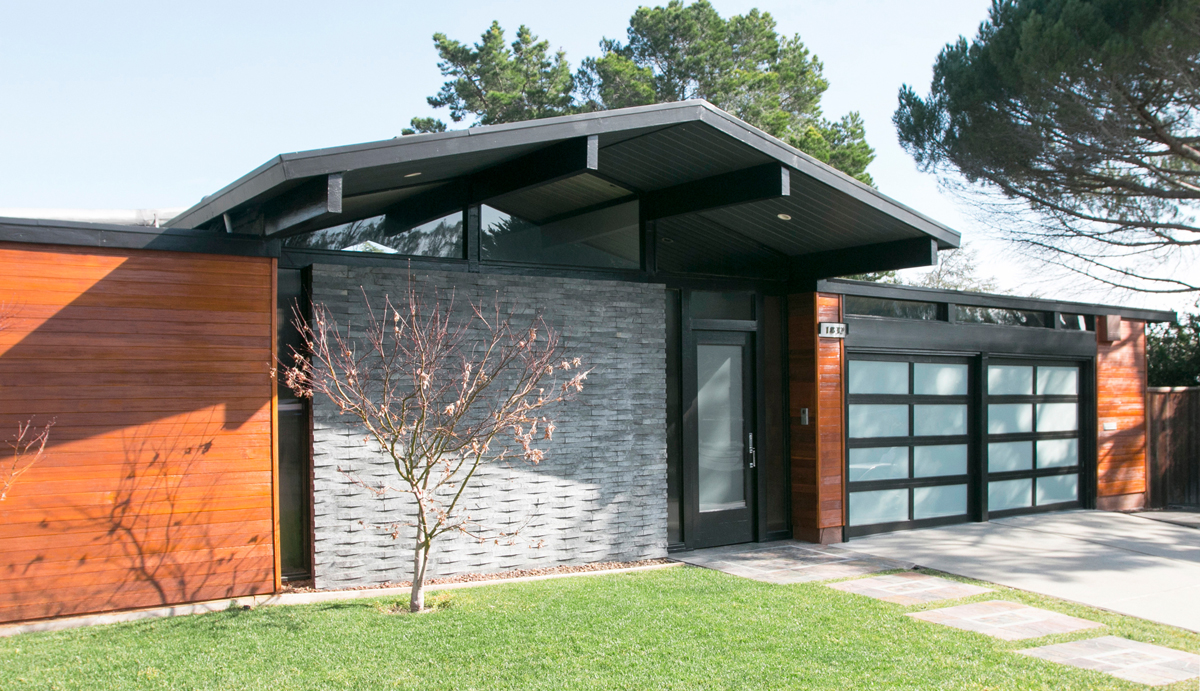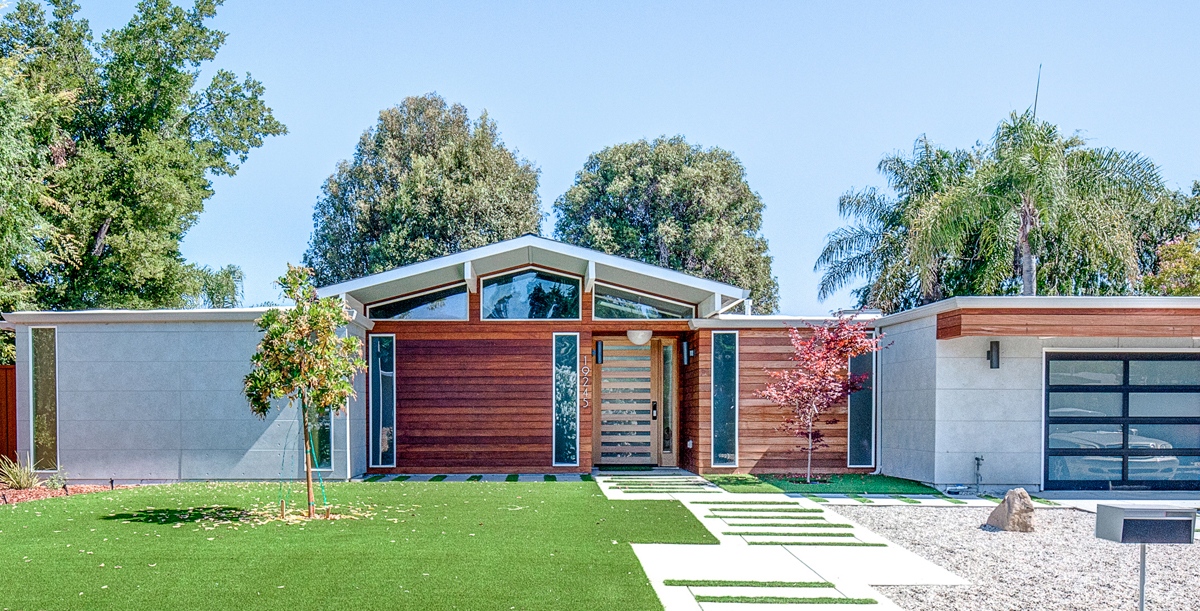Dwelling on Modernist Purity - Page 2
 |
 |
|
However, their materials and mood are of the 21st century—‘dwellified,’ some would say. Photos: David Toerge (top), Sabrina Huang (above) |
“I don’t believe Eichler, who democratized modern architecture, or his team of designers would have wanted their homes to be time capsules,” postulates reader Maia Schneider. “As long as the materials are in keeping with the location and the architect’s original intent, I don’t think we should mock owners for updating their properties.”
So, is the Dwell brand being unfairly referenced to ‘mock’ remodeling done with good intent? Last week we asked one of the experts cited by Weinstein, architectural historian Hannah Lise Simonson of the San Francisco firm Page & Turnbull.
“I think it’s fair to say that they’re hugely influential,” Simonson said of laying the blame solely at the feet of Dwell, a publication she admittedly subscribes to and enjoys. “To me, that’s kind of where the interesting part of the discussion is.”
As to whether the term ‘dwellification’ is fair and legitimate, she replied, “I think they can be a starting point to a conversation—but the more it gets bandied about, the more meaningful it becomes.”
Simonson wrote her thesis at University of Texas on the topic, and she cites its connection to “perhaps a related issue,” that being the “question of ownership of design.”
“There’s a million knockoffs these days,” she said of furniture mirroring designs by pioneers like Eero Saarinen and Charles and Ray Eames. Conceding that Dwell stories and product lines seem to be having “unintended consequences,” she notes, “A magazine like that popularizes that style, and then you start seeing the knockoffs…at Walmarts and places.”
The historian said one misnomer resulting from the term dwellification is that mixing different styles of modernism “is always inherently a bad thing,” particularly when the home “wasn’t really significant or didn’t have that much integrity to begin with.”
Simonson agreed with Weinstein that this is particularly the case with Eichler tracts like the San Mateo Highlands, where many of the homes have already been notably altered. Both of them contrast that with historically recognized neighborhoods, such as the Eichlers at Palo Alto’s Greenmeadow or even those in San Francisco’s Diamond Heights.
“When it’s happening to a building like that, maybe you are losing something,” she conceded. In those cases, she said, “It’s kind of blurred the lines between mid-century and mid-century revival.”
At any rate, Simonson refuses to finger Dwell as deserving of blame for any widespread dilution of MCM architectural integrity, terming the whole controversy “a fun topic.”
And you can always take the position of another Eichler Network reader and Facebook commenter, Richard Vye, who calmly observed of the topic, “Beauty is in the eye of the beholder.”




